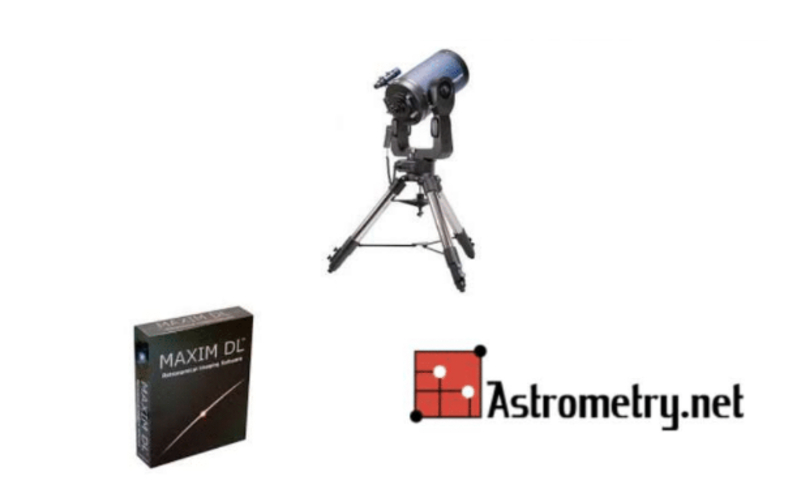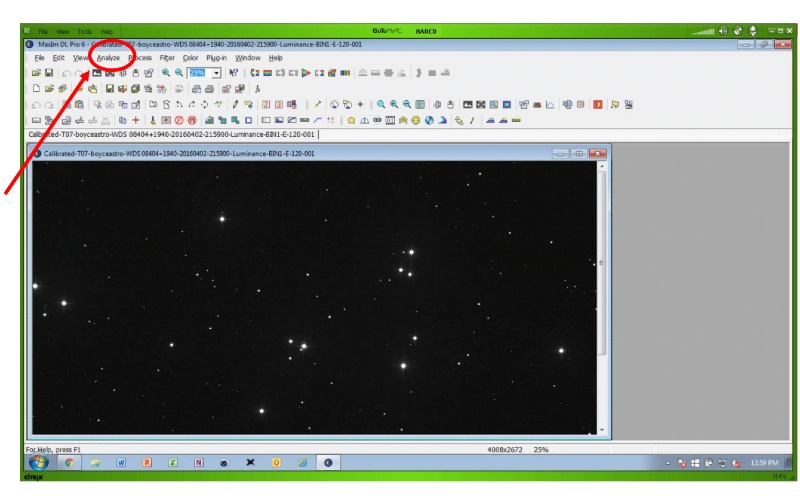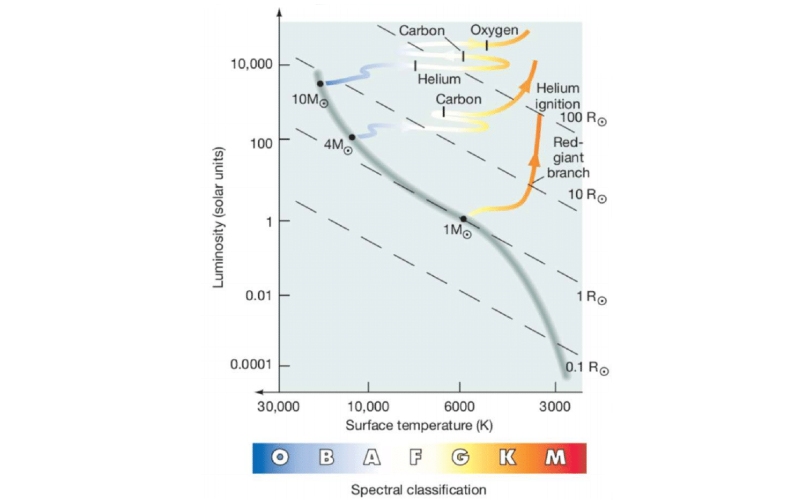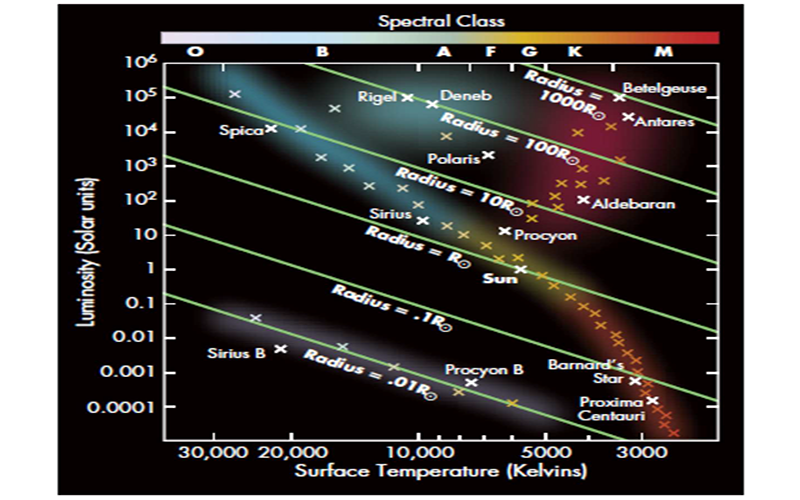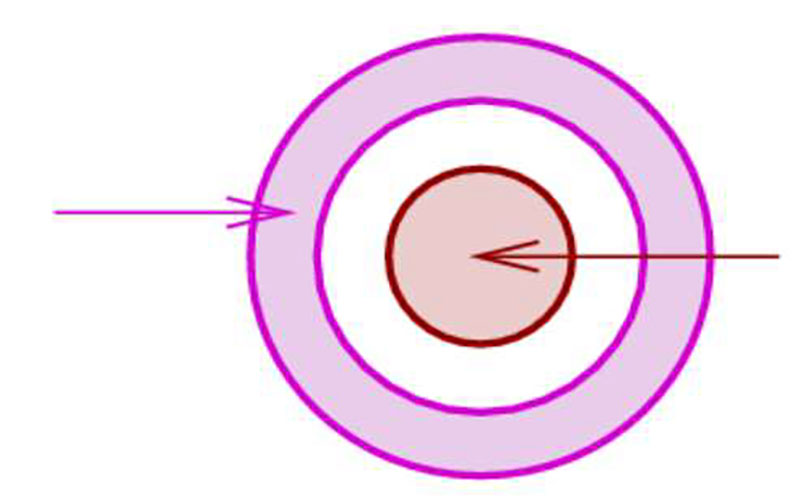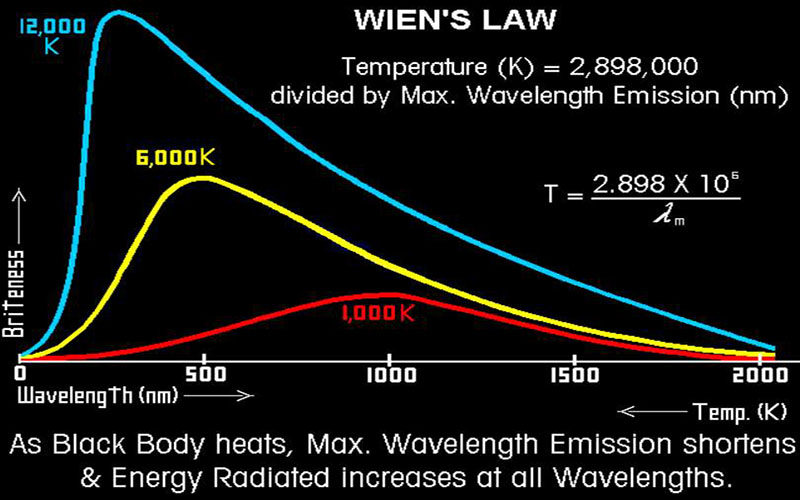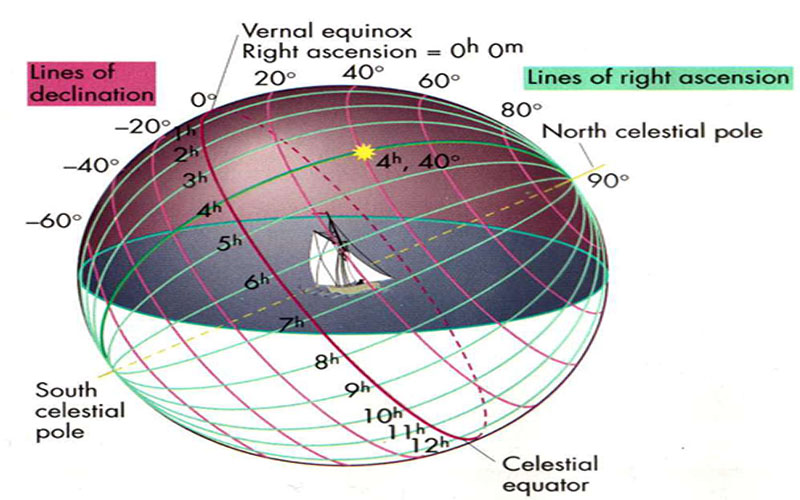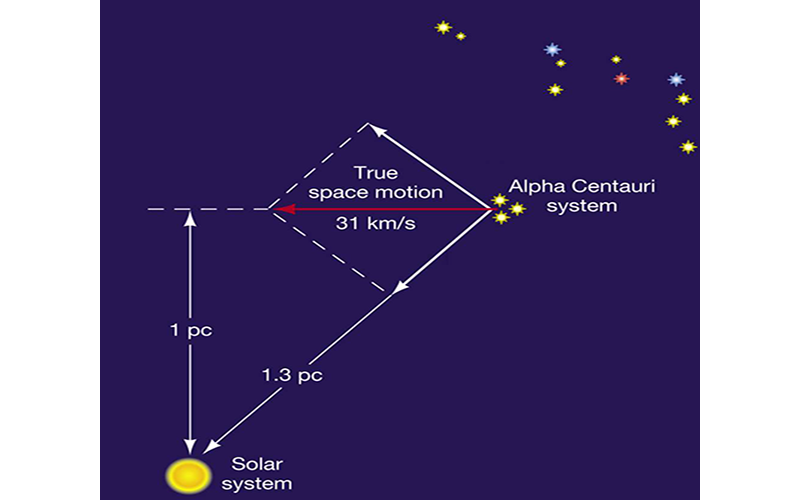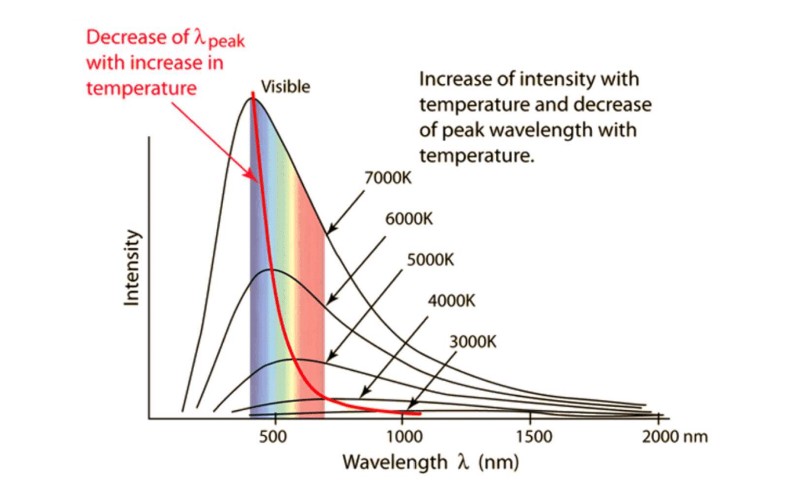Stars
Video Categories
WCS Coordinates
The World Coordinate System (WCS) is the RA and Dec embedded in a FITS image. Multiple tools, such as astrometry.net and MaximDL can insert WCS coordinates into the image
WCS Coordinates Using MaximDL
This tutorial will show you how to access your star images on BARC, opening them in MaximDL, applying WCS coordinates, and saving the files.
Difference Between Nova and Supernova
Stars can go nova multiple times, and is an accretion-explosion cycle; while supernovas only occur once in a star's lifetime and are caused by a high mass star core collapse, releasing great amounts of energy
Luminosity, Temperature and Radius
By utilizing the Stefan-Boltzmann Law and the basic properties of a sphere's surface area, a star's luminosity, temperature, and radius can be mathematically related and thus used to calculate each other.
Instrumental Magnitude
Instrumental magnitude is derived from the raw counts of a CCD image, and can be combined with other measurements to achieve both apparent and absolute magnitude.
Magnitudes, Luminosities, and Imaging Close Double Stars
In cases where imaging is made difficult by bright, closely spaced double stars, filters combined with the stars' stellar type can be used to create visual separation through the manipulation of their light distribution.
Celestial Coordinates
Similar to latitude and longitude, Right Ascension and Declination define the celestial coordinate system used to locate and place celestial objects.
Stellar Motions
Stellar motions divide star movement into three categories: radial motion, proper motion, and a combination of the two (space motion).
Wien’s Law
Wein's Law relates light intensity to temperature, stating that the peak wavelength is the inverse of temperature, and temperature and intensity are directly correlated.

